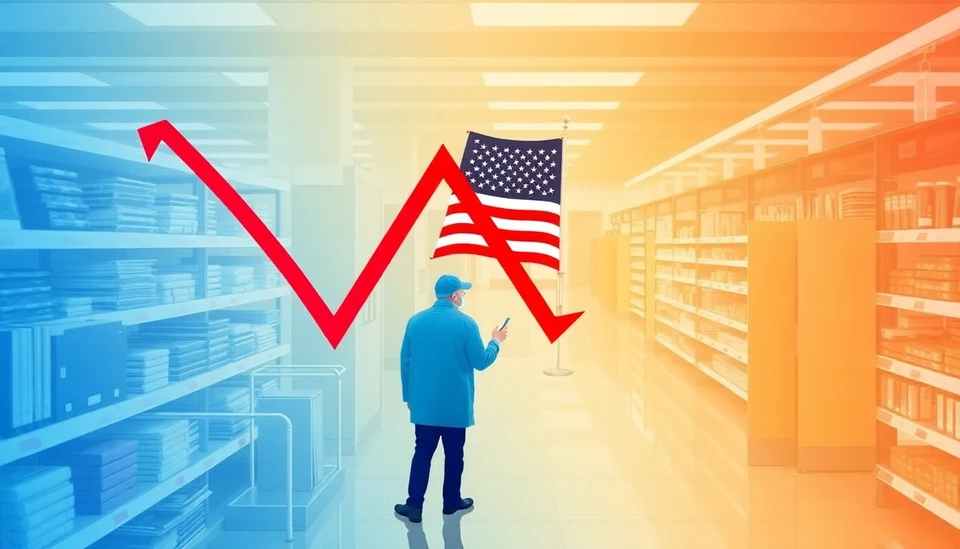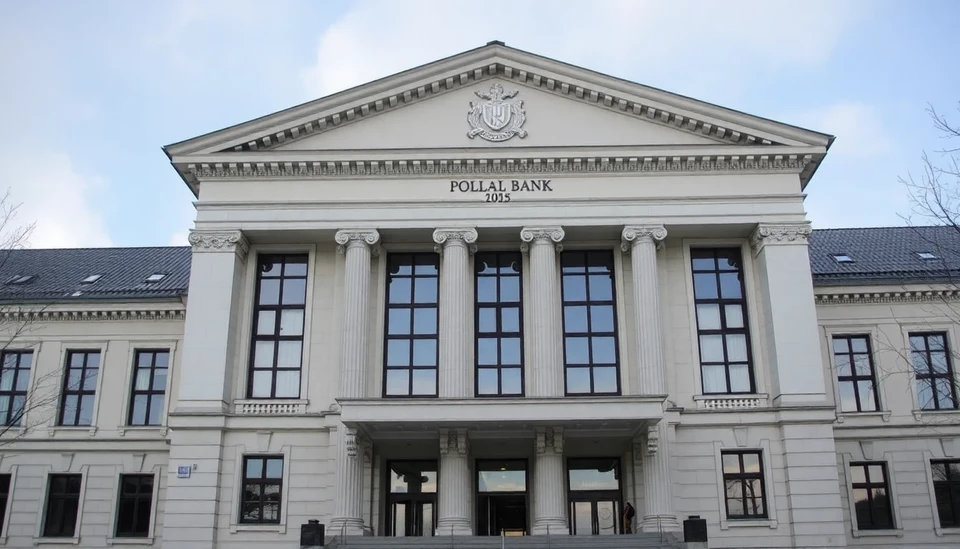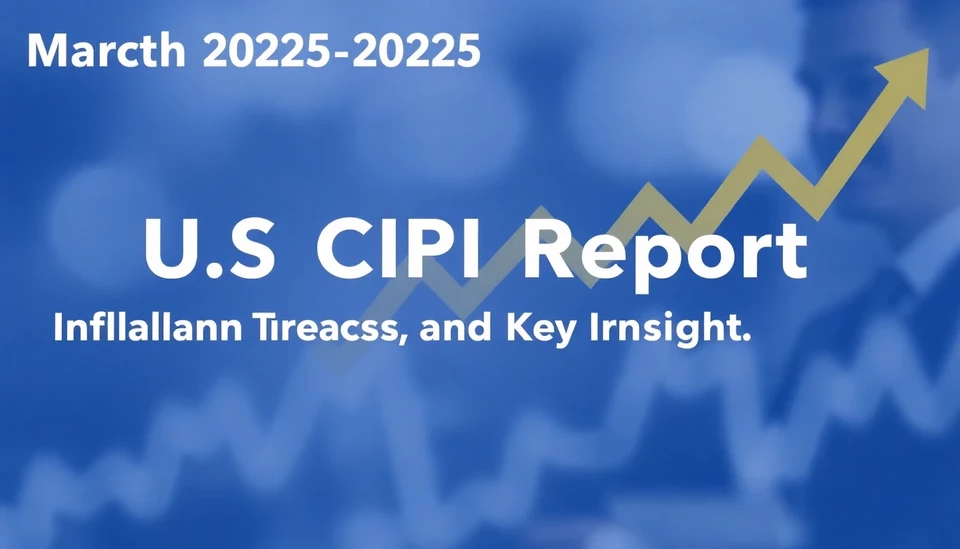
In a recent analysis, Bloomberg Economics has attributed the unexpected increase in the US Consumer Price Index (CPI) to seasonal dynamics rather than underlying economic issues. This surge in inflation, which has raised eyebrows among policymakers and market analysts, was notably influenced by typical seasonal price fluctuations that occur during certain times of the year.
The CPI, a widely followed indicator that measures the average change over time in the prices paid by consumers for goods and services, saw a sharper rise than anticipated. Economists had forecasted a more stable inflation environment, but the new data has led to a re-examination of the factors driving price changes across the economy.
Bloomberg Economics highlighted that several categories of goods and services typically experience seasonal price increases, such as housing, recreation, and food-related expenses. These seasonal patterns, which can lead to inflationary spikes, often coincide with social and cultural events that tend to boost spending among consumers. For instance, the winter holiday season typically sees increased buying in various sectors, which contributes directly to elevated prices in the subsequent reporting periods.
The increase in CPI has prompted discussions on the Federal Reserve's approach to monetary policy. While many experts had been optimistic about a deceleration in inflation, the latest report has caused some to question whether the Fed will need to recalibrate its strategies in light of this unexpected inflationary pressure.
Bloomberg’s analysis suggests that while consumers may perceive current price hikes as concerning, there are significant historical precedents where such seasonal spikes in CPI ultimately corrected themselves. The expectation is that, as seasonal spending behavior normalizes after peak periods, inflation rates may begin to stabilize once again.
Moreover, economic forecasters are now paying closer attention to the potential long-term impacts of these transient inflation trends. If these seasonal factors continue to influence CPI, it may complicate the Fed's decision-making processes regarding interest rates and other monetary policy tools intended to mitigate inflation.
The discussion surrounding CPI and inflation is likely to remain a hot topic, particularly as the economy navigates the complexities of supply chain disruptions, global economic conditions, and domestic spending habits. Stakeholders from various sectors, including businesses, consumers, and policymakers, will need to remain vigilant and adaptable as they respond to these evolving economic signals.
As we watch the coming months unfold, it will be crucial to see whether the seasonal elements highlighted by Bloomberg Economics translate into broader inflationary pressures or if they merely represent a temporary blip in an otherwise stabilizing economic environment.
In conclusion, the recent CPI data highlights the importance of understanding seasonal factors in economic analysis. While inflation remains a critical issue, it is essential to consider both the patterns typical to certain times of the year and the broader economic context.
#CPI #Inflation #Economy #Bloomberg #FederalReserve #SeasonalTrends #MonetaryPolicy #ConsumerPrices #USEconomy
Author: Laura Mitchell




